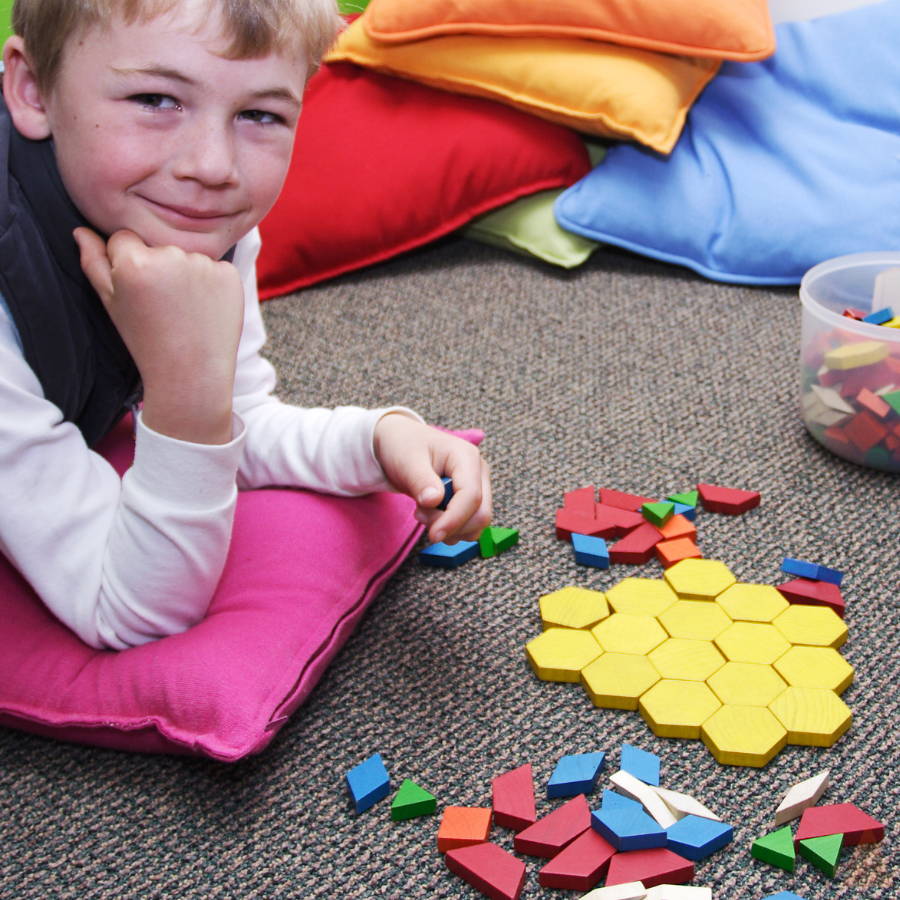We primarily follow the sensory integration model in our practice. However, we continuously incorporate various theories as they relate to each child's unique needs.



Occupational Therapy FAQs

What theory or model guides your practice?
Is the intervention structured or adaptable?
While we start each session with a goal, the specific activities may vary depending on your child's performance and needs during that session. Flexibility is key, allowing us to adapt and respond dynamically.
Will the work we do in therapy carry over to various environments, like home or school?
Definitely! For progress to carry over to different environments, it's essential to implement the strategies your therapist provides at home. Our team is dedicated to equipping you with practical tools that can be easily integrated into your home, school, and community environments. We will provide strategies and techniques that not only enhance learning but also promote positive interactions with peers and adults alike. By working together, we aim to empower you to apply these skills in everyday situations, ensuring a smoother transition between our sessions and your daily life.
What is my role in this process?
Your active participation is crucial! We will share strategies and homework to integrate into your daily routine. Consistent practice at home is vital for seeing progress. We'll help you make this as easy as possible, but some adjustments may be necessary (e.g., creating a cozy corner at home for emotional regulation).
Can I observe my child’s therapy sessions?
Absolutely! We encourage you to attend individual sessions for active participation.
Will you collaborate with other professionals that work with my child?
Yes! We strongly believe in a team approach for optimal progress. To communicate with outside specialists, a signed release form is required, which will be provided during your initial paperwork.
What additional interventions might complement OT?
We often work alongside other professionals such as speech therapists, physical therapists, neuropsychologists, pediatricians and therapists as needed. As we learn more about your child, we may suggest additional services to support their development.
What is a sensory gym and how is it used?
A sensory gym is a specialized space designed to provide a variety of sensory experiences that help children, particularly those with sensory processing disorders or developmental challenges, develop and regulate their sensory skills. Equipped with a range of engaging and therapeutic equipment, such as swings, climbing structures, ball pits, and textured surfaces, sensory gyms create an interactive environment where children can explore different sensations and improve their motor skills. These environments not only support physical development but also promote emotional well-being, offering a safe place for children to express themselves and build confidence as they navigate their sensory experiences.

Are you in-network with any insurance companies?
At this time, we do not participate in any insurance networks. However, many of our families have successfully obtained out-of-network reimbursement through their insurance plans. To facilitate this process, we provide a monthly superbill that you can submit for potential reimbursement. Please be aware that coverage may vary depending on your specific insurance policy, and we cannot guarantee coverage eligibility or the amount of reimbursement.
Is there anything I can do if my insurance initially denies my claim?
If your initial insurance claim is denied, don't worry; there may still be options available to you. In certain cases, you can request a Gap exception. This allows for a reassessment of your situation and may enable you to receive coverage despite the initial denial. We recommend reaching out to our support team to discuss your specific situation. We're here to help!
Do you accept payment from a FMS?
Absolutely! We gladly accept payments from a variety of FMS companies. Feel free to reach out, and let's discuss your specific needs in more detail
Do you accept payment from my child's school district?
That depends, please reach out and we are happy to look into your specific situation.
When is payment due?
Payment for individual and group therapy sessions is due at the time of service. For our OT camp, payments are structured according to a specific schedule, which is detailed on our camp page. Please refer to that page for information on payment timelines and amounts. Thank you!
Do you charge for parent calls or school calls?
We do have a charge for parent and teacher calls, as we value our therapists' time and expertise. These calls are treated the same as in-clinic sessions and therefore billed at the same hourly rate as our therapy sessions, but don’t worry—they're prorated based on how long the call lasts. Many parents find it helpful to use make-up sessions to swap out for these calls when needed.
Is there a pricing list where I can see the cost for all services?
Yes, we believe in transparency in pricing. Please reach out to our team and we are happy to provide a copy of our price list.

How will I know if my child is responding to therapy?
You will see your child progressing toward the goals we set together. There may be initial improvements followed by periods of slower progress or plateaus, which are normal in any development. Remember, progress isn’t always linear.
What type of therapy notes will I receive?
You will receive a copy of notes after each individual therapy session, detailing progress and suggested strategies for home. We recommend sharing this information with your child’s support team, including teachers.
How do you measure the effectiveness of your interventions?
We monitor your child's progress throughout therapy. After each session, you’ll receive a note detailing their progress on set goals. Once a goal is achieved, we’ll either upgrade it, introduce new goals, or discharge the goal. When all goals are met, your child may be ready to graduate from therapy.
How will you consider my child's strengths and weaknesses during therapy?
We tailor our approach to your child's unique strengths and needs, adjusting our goals and strategies as necessary.
What assessments will you use for my child?
We utilize a range of standardized and non-standardized assessments tailored to your child's age and needs, including:
- Miller Function and Participation Scales (M-Fun)
- Sensory Processing Measure (SPM-2)** (school and home forms)
- Bruininks-Oseretsky Test of Motor Proficiency (BOT-2)
- Peabody Developmental Motor Scales (PDMS-2)
- Beery-Buktenica Developmental Test of Visual-Motor Integration (Beery VMI)
- Test of Visual Perceptual Skills (TVPS-4)
- Clinical observations
- Parent and teacher reports

What are your staff's credentials?
Occupational therapists licensed in California must meet several educational and regulatory requirements to practice professionally. They typically hold a Master's or Doctoral degree in Occupational Therapy from an accredited institution. After completing their degree, they must successfully pass the National Board for Certification in Occupational Therapy (NBCOT) exam to obtain their certification. Following this, they are required to apply for a state license from the California Board of Occupational Therapy, which involves submitting proof of their educational qualifications and passing a background check. Continuing education is also mandatory for license renewal, ensuring that therapists stay informed on the latest practices and advancements in the field. This rigorous process ensures that occupational therapists in California are well-equipped to provide high-quality care to their clients.
What continuing education does your staff pursue?
Our team actively participates in continuing education related to our services, including sensory integration, the SOS approach to feeding, DIR Floortime, and Neuronet. We also provide in-house mentorship to promote professional growth among our therapists.
How many Occupational Therapists (OTs) will work with my child?
Typically, 1-2 OTs will be involved, though scheduling may allow for occasional additional therapists. When a therapist is unavailable, another team member may cover their sessions. Our team collaborates closely on each child's care.
